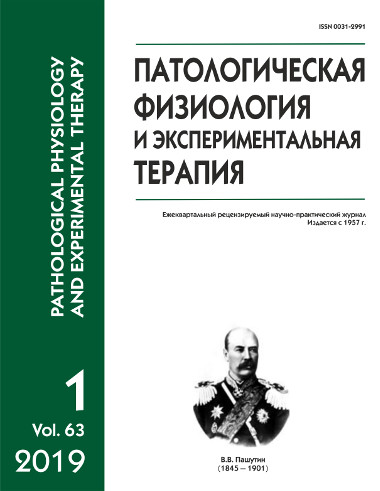Diagnostic capabilities of the electrophoretic mobility of red blood cells and buccal cells in stress
Keywords:
RBC electrophoretic mobility, buccal cells, stress
Abstract
Diagnostics of stress reaction using an analysis of hormonal state is a difficult, costly, and labor-consuming research. Therefore, searching for information technologies, which could be easily used in any medical laboratory and would allow evaluating the stress reaction is relevant. We studied the electrophoretic mobility of red blood cells (RBC) and buccal epithelial cells of rats exposed to stress induced by a single or repeated intraperitoneal epinephrine injection. This study showed that these methods could be used as the marker characteristics of stress reaction intensity and genotoxicity. Qualitative changes in the electrophoretic mobility of RBC were similar but quantitative characteristics depended on the acting force. Under a weak stimulus, changes in the electrophoretic mobility of RBC were slight and associated with development of adaptive processes related with repair of genetic damage. A further increase in the acting force led to a sharp change in the electrophoretic mobility of RBC and an increase in the number of epithelial cells with pathological alterations.Downloads
Download data is not yet available.
Published
11-03-2019
How to Cite
Deryugina A. V., Ivashchenko M. N., Ignatyev P. S., Samodelkin A. G., Zolotova M. V., Shabalin M. A., Gracheva E. . Diagnostic capabilities of the electrophoretic mobility of red blood cells and buccal cells in stress // Patologicheskaya Fiziologiya i Eksperimental’naya Terapiya (Pathological physiology and experimental therapy). 2019. VOL. 63. № 1. PP. 106–111.
Issue
Section
Methods






